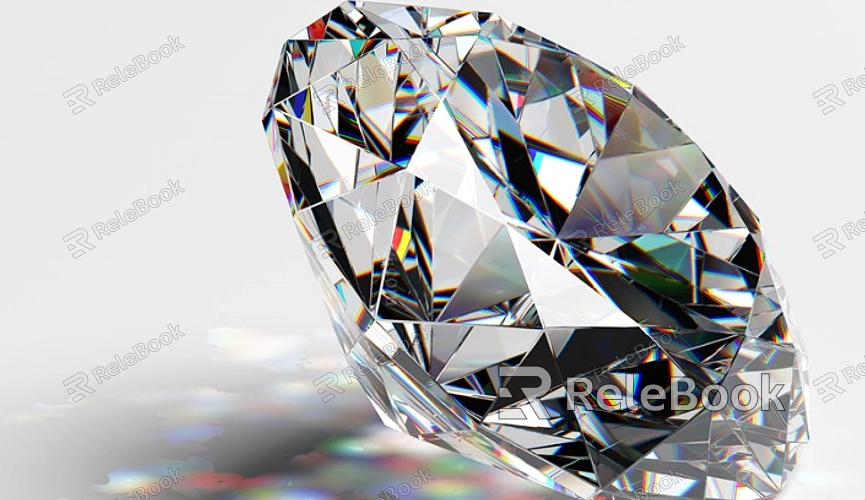How Does Unity Handle Depth Textures in 3D HDR Projects
Depth textures play a crucial role in creating more realistic visual effects while also optimizing performance. Common applications include virtual reality, game development, and architectural visualization, all of which rely on precise depth information to render the relationships between objects. This article will explore how Unity efficiently manages depth textures and provide practical tips and recommendations.

Understanding Depth Textures
Depth textures store distance information from each pixel to the camera. This data is utilized during rendering for depth testing, determining which objects are obscured. In Unity, depth textures are typically integrated into the camera's rendering pipeline, ensuring the accuracy of depth information in real-time rendering.
Creating Depth Textures
In Unity, depth textures can be created by enabling the “Depth Texture” option in the camera settings. Once activated, Unity automatically generates the depth texture. Developers can also use the Graphics.Blit method to copy the scene's depth information into the texture, preparing it for subsequent rendering tasks.
Using Depth Textures for Post-Processing Effects
Depth textures can be combined with post-processing effects, such as depth of field and shadow rendering. By accessing depth information, developers can achieve more realistic blur effects. Within Unity’s post-processing stack, appropriate parameters can be set to fine-tune depth effects, catering to various visual requirements.
Optimizing Performance
While depth textures provide rich visual effects, excessive depth calculations may impact performance. Using simplified depth formats, like 16-bit floating-point, can help reduce memory usage. It’s wise to avoid enabling depth textures in scenarios where precise depth information isn't needed, as this can significantly enhance rendering efficiency.

Depth Textures in Multi-Camera Setups
When working with multiple cameras, each can have its own depth texture settings. It's essential to configure each camera correctly to prevent depth conflicts. The order of depth textures in the camera rendering sequence is also critical; later-rendered cameras can overwrite depth information from earlier ones, affecting the final visual output.
Practical Applications of Depth Textures
In virtual reality applications, depth textures enhance immersion by improving distance perception, thus enriching user experience. In dynamic scenes, depth textures can be used for real-time shadow casting and occlusion, creating more realistic interactions between objects.
By examining these aspects, we gain insight into how Unity handles depth textures in 3D HDR projects. Designers can leverage this knowledge to optimize rendering effects and performance. Whether in game development, architectural visualization, or virtual reality applications, the effective use of depth textures can significantly elevate visual experiences.
If you’re looking for high-quality HDR image resources, 3D textures, SketchUp models, or 3ds Max models to create stunning visuals and virtual scenes, Relebook offers a wealth of options to help you achieve exceptional results in your projects.

